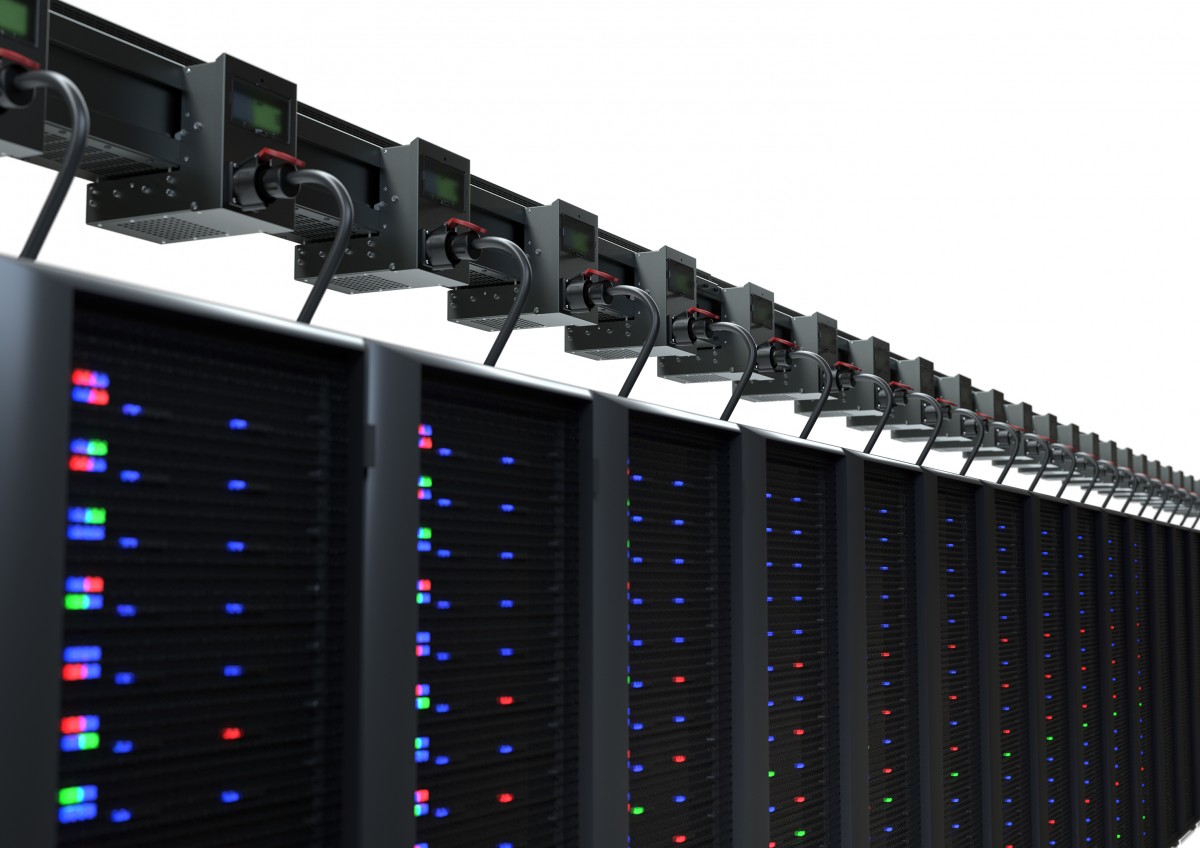At this year’s Light+Building, Siemens Smart Infrastructure is introducing LData, a busbar trunking system specially designed for data centers wanting to improve their efficiency, availability and adaptability. The more internet traffic, mobile users as well as Internet of Things connections increase, the more data has to be processed. That is why high-performance data centers are emerging as the backbone of a digital society. These data centers must offer the highest degree of availability to protect critical data as well as business-critical applications and industrial processes. At the same time, they must be energy efficient as well as easy to plan, install and expand. The energy distribution system plays a major role in this regard.
The LData busbar trunking system is an economical and flexible alternative to conventional cables and gives operators a solution for intelligent and future-proof power distribution. It is based on the technology of the existing Siemens LD and BD2 systems from the Sivacon 8PS portfolio and offers new features such as data center-specific tap-off units to easily and flexibly connect additional server racks as well as the ability to transmit data directly via the conductors.
The new busbar trunking system transmits not only power but also data such as current and diagnostic information, thereby contributing to the digitalization of the power distribution. It collects this energy data using communication-capable measuring and switching devices from the Sentron portfolio. Thanks to the integrated powerline technology, it transmits the data via standard communication protocols to high-level energy management systems as well as cloud-based systems for further processing and analysis. This data creates energy transparency and supports predictive maintenance by making energy saving potentials visible and counting operating hours, for example. Continuous monitoring enables possible faults, including those caused by defective components, to be detected and avoided at an early stage. This allows data centers to operate more efficiently and reliably. By transmitting data directly via the busbars, there is no need for additional data cables and complex wiring. This makes it possible to save planning and installation time as well as material costs. The use of conductors made of lighter and more cost-efficient aluminum instead of copper lowers material costs as well.
“It’s expected that by 2020 as many as 50 billion devices will be connected to the Internet of Things. If you imagine 50 billion smartphones stacked on top of each other, this device tower would almost reach to the moon. Because of this enormous amount of data, the energy demand of data centers will continue to rise in the years to come. This will make efficient power distribution more critical than ever. Our solution is designed to meet the needs of the data centers of tomorrow. LData transmits currents up to 2,500 A and can thereby transfer higher volumes of electrical energy. Through choosing larger conductor cross-sections, energy loss during transmission can be optimized at the same time. Furthermore, the powerline technology allows operators to make energy consumption transparent and optimize it continuously,” said Carsten Schwarz, Product Life Cycle Manager for LData at Siemens Smart Infrastructure.
As a result of the ever-increasing volume of data, it must be possible to scale systems flexibly and cost-efficiently. Additional server racks can be supplied in the data center via the tap-off units of the LData busbar trunking system. The units can be installed via plug & play under voltage and without interrupting operations – subject to national standards. A variety of tap-off units are available for LData, allowing data centers to be expanded quickly and easily. Because of their compact design, the units can be placed either below or on the sides of the busbars. This can be done along the entire length of a busbar, e.g. at a spacing of 60 cm, corresponding to the grid of the server racks. Special tap-off points are no longer necessary, eliminating the associated planning and installation steps.





